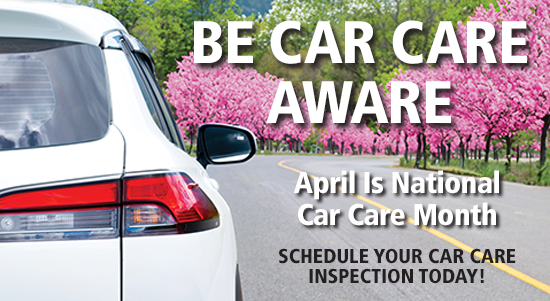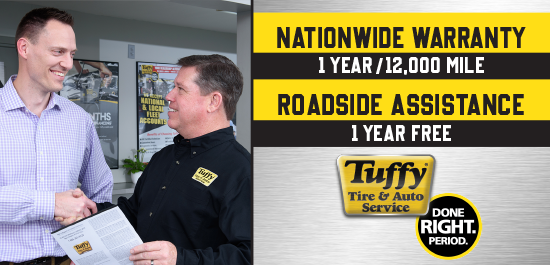| Deer that suddenly appear out of nowhere can often put drivers someplace they don't want to be. With the deer population increasing across the country and living space for wildlife habitat on the decline, the number of incidents involving a deer jumping into the path of a car has been on the rise in the past few years. Activity is greatest during October through December, when male deer activity dramatically increases, resulting in a number of vehicular collisions. Often, a deer colliding with a car can result in significant property damage and even life-threatening situations. According to the nonprofit Insurance Information Institute (I.I.I.), on average, deer-vehicle collisions cost $2,800 per insurance claim, and the cost increases to $10,000 if there is an injury involved. In order to stay safe, consider the following: • Watch the Clock. Deer are most active from sunset to midnight and during the hours just before and after sunrise, which are feeding times. • Watch your Speed. It's not just the speed of the animal that plays a factor--it's the speed of the vehicle as well. • Be Vigilant. Deer don't run alone. If you see one, there are likely others nearby. • Don't Swerve. If a deer is suddenly in front of you, sound your horn to frighten it away. Break firmly but stay in your lane. Crashes happen when drivers swerve to avoid a deer, only to hit other vehicles or lose control of their cars. • Wear your Seatbelt. Most people injured in deer/car crashes were unbuckled at the time. Deer are bigger and heavier than people may think. However, by staying alert and reacting appropriately, it's possible to avoid many collisions. |
Tuffy
Menu




